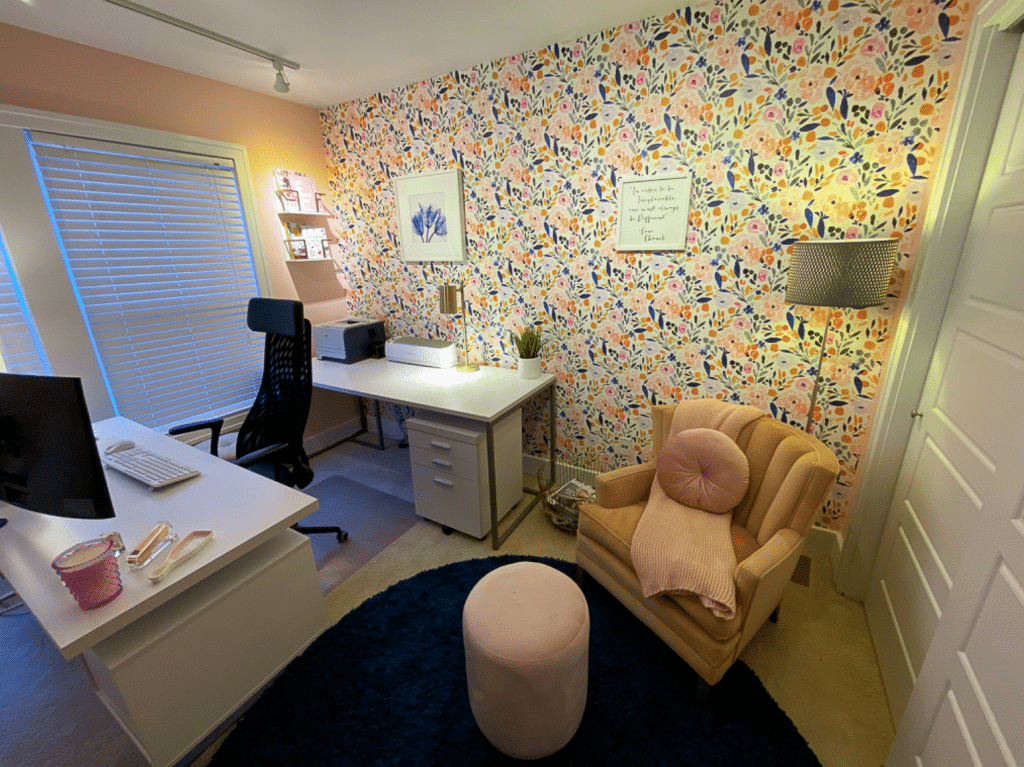Removable wallpaper, self-adhesive wallpaper, peel-and-stick wallpaper; a simple product goes by many different names, but represents something of a quiet revolution for DIY interior design. Applying wallpaper is not an altogether complicated task, but it is a skilled one – and the act of pasting wallpaper a messy one to boot.
Removable wallpaper is simple to install, and easy to remove without damaging walls. For the renting population, then, removable wallpaper can be an ideal alternative for temporary decoration without potentially falling foul of a tenancy agreement. But temporary wallpaper can also be extremely useful for homeowners, whether those with limited experience applying conventional wallpaper or those that like to change their home’s interior design on a more regular basis.
Whatever your specific situation, there are some essential things you should be bearing in mind before you go about applying your rolls or peel-and-stick…
Not All Walls Work
Peel-and-stick wallpapers are a great and versatile option in decorating and renovation, but, crucially, they do not necessarily work with every wall. Depending on the finish or material already adorning the wall, you might encounter a number of difficulties in applying the wallpaper.
For one, if the wall is textured in any way, the wallpaper won’t stick correctly; it will either peel itself off under its own weight, or stick with prominent air bubbles keeping it from looking uniform. Older walls with peeling or flaking plaster will also present difficulties, where the wall is more likely to fail under the wallpaper’s weight that the glue is.
Preparation is Key
Bearing the above in mind, even ideal walls can be improperly prepared for the task at hand. As such, careful preparation is the key to a successful application of peel-and-stick wallpaper. Older, flaking walls may need, at the very least, a scrub – if not a complete re-plastering. Where newly-renovated rooms are concerned, provided you’ve used a plasterboard product with a quality surface and installed it uniformly, you should have no trouble applying removable wallpaper with minimum issue.
Consider Temperature
Temperature is another variable that demands careful consideration when attempting to apply removable wallpaper. The adhesive backing will naturally act differently in different climate conditions, where colder adhesives are less likely to bond. Colder rooms are also more likely to experience condensation, adding another hurdle to applying wallpaper. The ideal environment for self-adhesive wallpaper application is a warm and dry one, with ventilation.
Buy Bulk
Finally, a small tip that will make a major difference to the outcome of your wallpaper application planning: buy more than you think you need. While you might have a fairly accurate number for the surface area of your walls, the odd shapes of certain corners – coupled with the possibility of making a mistake in measuring and cutting – make it entirely possible that you’d run out of material before the work is done. Giving yourself even a 10% leeway can make a major difference.
